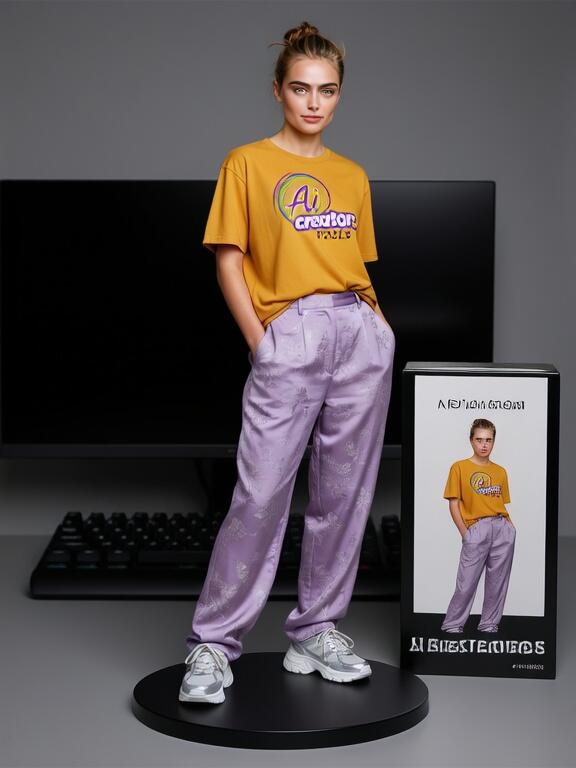ChronoEdit is a tool that edits images using tech made for video-making. The model was released by the team at NVIDIA and the University of Toronto end of October 2025.
It sees an edit as a change over time, like a mini video where the original image is the start and the final version is the end. It's built on a video model but made for still pictures.
So technically, when you give it an image and a prompt, the model treats that like a start and end of a video. Then it adds some fake middle frames, figures out a path from start to end, then drops those middle bits and spits out a final image. That fake path helps keep changes looking real, like shadows, angles, and movement make sense.
Normal image editors often mess up when you try to move stuff around or mess with lighting. You get weird shadows or broken objects. Since video models learn how things change over time, they’ve got a better shot at keeping stuff looking right. This setup tries to make use of that.
They added a new test set called PBench-Edit. It checks if the edits follow real-world rules, like does the robot arm still grip things right, or does the light hit like it should. The model does better than past tools on that test, according to the makers.
The code uses the Apache 2.0 license and it's free to use. You can grab the models on GitHub, both 2B and 14B sizes. It’s open-source, no premium version listed, and okay for business use under the license rules.
To run it, you’ll need a decent GPU. Around 34 GB of memory if you offload parts, or 38 GB if you use the full setup with those fake middle frames. You can also try a smaller 2B version. It mainly spits out a new still image, but you can also get a little MP4 clip showing the edit path if you want.
Image Resolutions: 1280 x 720, 720 x 1280, 960 x 960 or 1024×1024


If you'd like to access this model, you can explore the following possibilities: